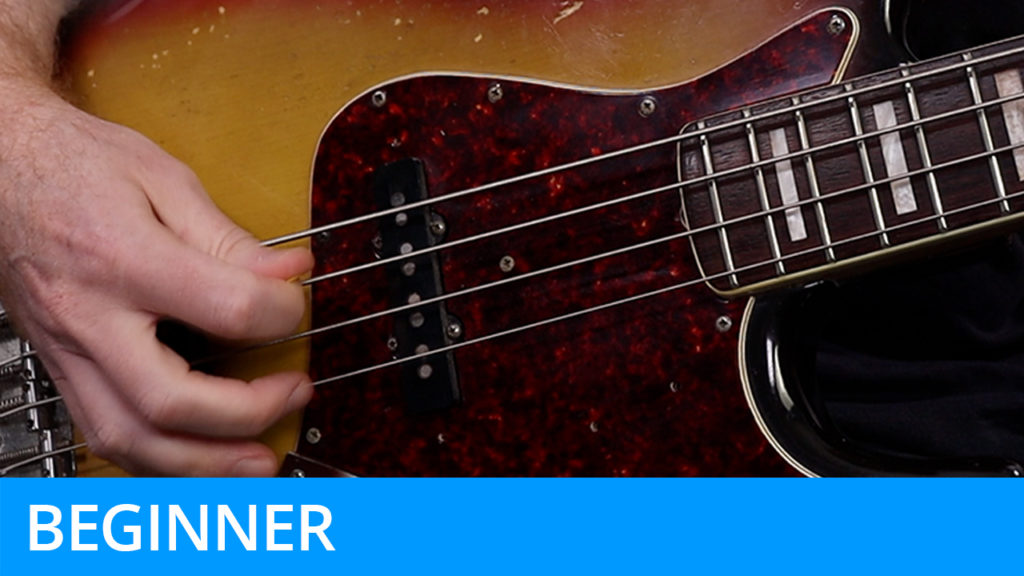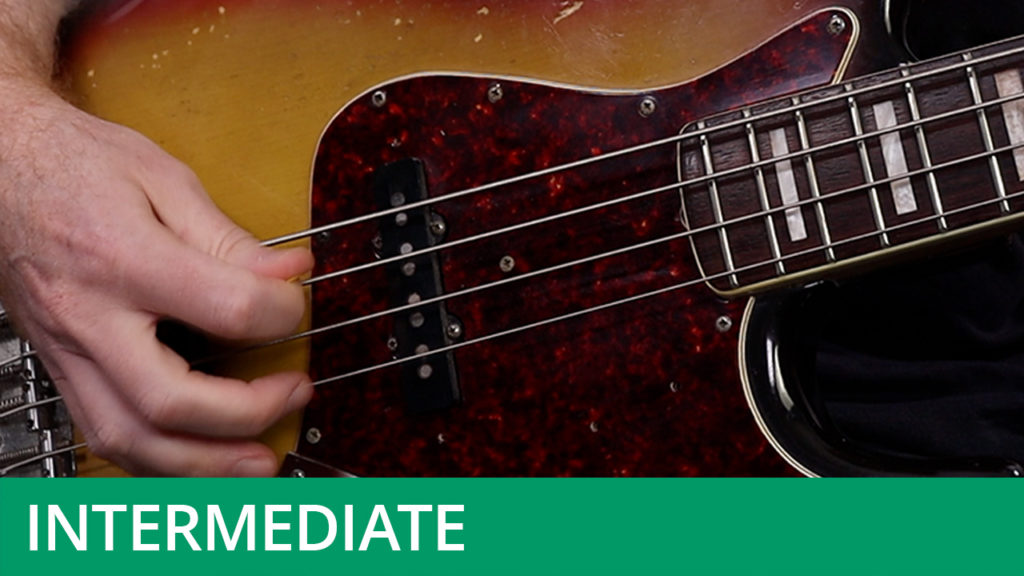Playing Sixteenth Note Rhythms (Part 1)
Course Duration: 1 Hour & 33 Minutes | Difficulty Level: 3
This course builds on the techniques that were covered at beginner level: those techniques will now be applied to sixteenth note rhythms. Being able to play sixteenth notes with the pick will open up a lot of possibilities in your playing. Eventually, you should be able to use the pick to play lines that you might otherwise have played with your fingers.
In this opening part of the Intermediate course the focus will be on playing lines based on continuous sixteenth notes and examining the string crossing and string skipping difficulties that they present.
Don’t forget to hit the Download Resources button above in order to download the PDF worksheet and audio files for this course (available to subscribers only).



